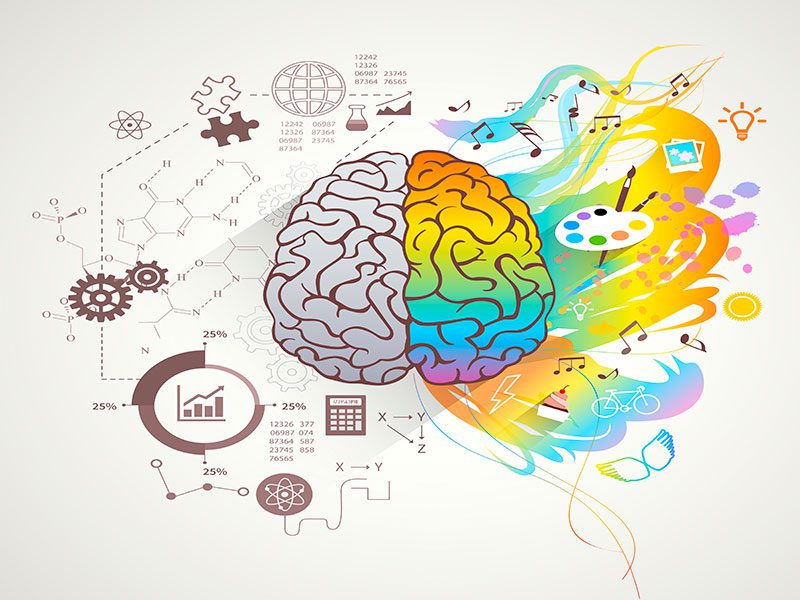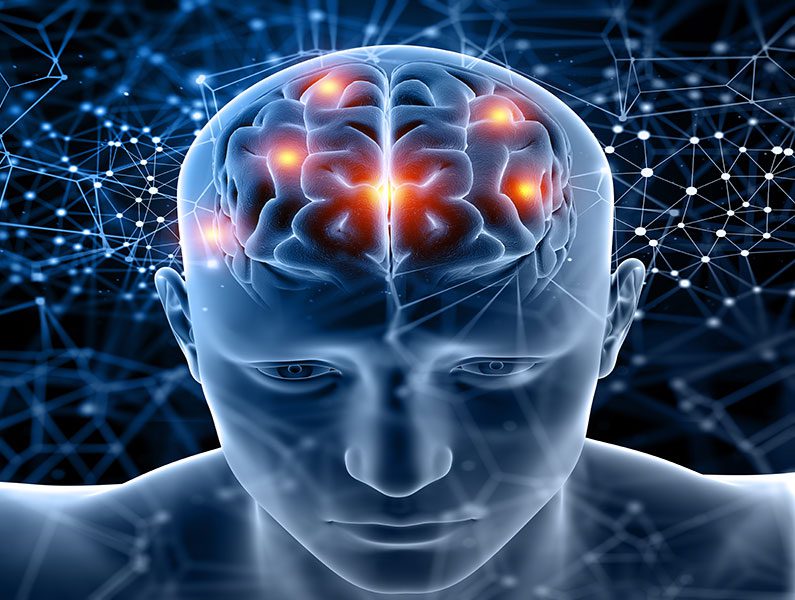In the 20th century, psychologists focused on standard measures of intelligence. They examined people’s ability to solve logical problems, identify patterns, and answer general knowledge questions. Some researchers of the time questioned this single focus on general intelligence or “IQ” as a measure of human intelligence. In their view, it seemed limited to certain types of thinking and did not capture other important aspects of human intelligence, such as creativity or verbal skills. In response to these criticisms, psychologist Howard Gardner presented his theory of multiple intelligences in 1983 with his book “Frames of Mind: The Theory of Multiple Intelligences“. Gardner’s theory recognizes eight different types of intelligence rather than a single general measure. Let’s analyze his theory and explore the eight intelligences he identified.

What does Gardner’s theory of multiple intelligences mean?
There are many different ways to be intelligent. We can all be good at some of them and less good at others. It is important to recognize that we all have different strengths and weaknesses, and that these are good as long as we can use them positively. Gardner’s theory says that there are eight different types of intelligence. They are verbal comprehension, linguistic ability, musical intelligence, visual-spatial intelligence, bodily-kinesthetic intelligence, mathematical ability, reasoning and problem solving, and environmental intelligence.
1-Verbal comprehension
It is the ability to understand and use words. It includes reading, writing and speaking. A person with high verbal ability can understand and use language in many different situations. He can be persuasive when he needs to be and can express his ideas verbally in a clear and concise manner. Gardner believes that the verbal type of intelligence is less important in the modern world. However, most adults still have good verbal skills, it is the first type of intelligence we develop as children.
2-Linguistic ability
This is the ability to use language creatively. It includes the ability to make rhymes, puns, and invent new words. People who are strong in this area may enjoy writing poetry or making up new words, and can express their feelings creatively. Gardner believes that the linguistic type of intelligence is less important in the modern world. However, most adults still have good language skills; it is the first type of intelligence we develop as children.
3-Musical intelligence
It is our ability to understand and create musical patterns. People with high musical intelligence often enjoy singing or playing musical instruments. They are able to recognize different melodies and rhythms, and can often identify the composer of a piece of music just by listening to a few notes. Gardner believes that the type of musical intelligence is less important in the modern world, although he does believe it is important for everyone to have some musical understanding. Most adults have some musical ability, because it is one of the first types of intelligence that children develop.
4-Visual-spatial intelligence
This is the ability to see things in the mind’s eye. People with high visual-spatial intelligence can picture things clearly, and can often manipulate the images in their mind. Gardner believes that this type of intelligence is important for many adult occupations. For example, architects, engineers and computer scientists often need to see things in their mind’s eye before they are able to create them.
5-Kinesthetic-bodily intelligence
This is the ability to control the body and use it to solve problems. People with this type of intelligence are usually good at sports and can understand their own body as well as that of others. They can be good dancers and can be expressive with their body. Gardner believes that this type of intelligence is important for many adult occupations. For example, surgeons, nurses and physical therapists often need to use their bodies to solve problems.
6-Mathematical ability
This is the ability to work with numbers and recognize patterns. People with this type of intelligence usually like to solve problems and can recognize logical patterns in numbers and other mathematical patterns. They may like to play games, and can often see the best strategy. Gardner believes that the mathematical type of intelligence is less important in the modern world. However, most adults still have good math skills, because it is the first type of intelligence that children develop.
7-Reasoning and Problem Solving
This is the ability to apply logic to new situations. It is often used in science, engineering and law. People with this type of intelligence enjoyed solving problems and playing with ideas.
8-Environmental intelligence

It is our ability to understand and interact with the natural world. It includes being aware of the weather and knowing how plants and animals develop and interact with each other and their environment. People with this type of intelligence tend to have varied interests and enjoy gardening, ecology and other outdoor activities. Gardner believes that the environmental type of intelligence is less important in the modern world. However, he believes it is important for everyone to have some understanding of the natural world. Most adults have some environmental intelligence, because it is one of the first types of intelligence that children develop.
The theory of multiple intelligences is a useful way to think about the different ways in which we are intelligent. It is important to recognize that everyone is different and that we all have different abilities. These need to be recognized and encouraged so that we can use our strengths to the best of our ability.

We at Plus Project are passionate about transforming the adult education landscape. As a premier training provider, we take pride in offering top-notch courses for teachers, aimed at sharpening their skills and expanding their knowledge. Our expert trainers use cutting-edge methods to deliver a dynamic and engaging learning experience, making us the ideal choice for teachers seeking professional growth and success. Join us on our mission to elevate the teaching profession, one course at a time.


